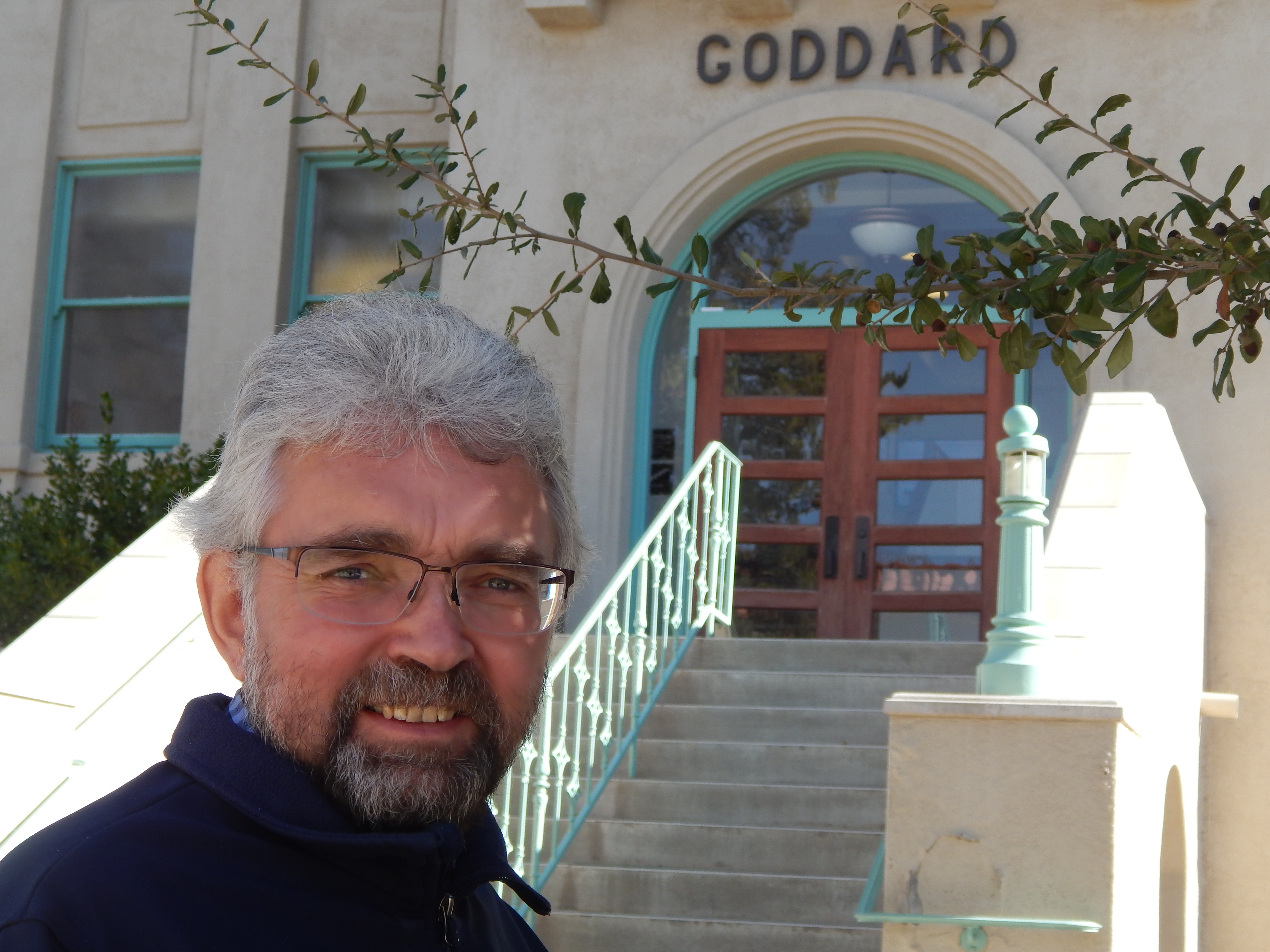NIH renews 18-year-old NMSU STEM program for another 5 years, takes new direction


New Mexico State University’s RISE to the Post doctorate Program has generated nearly two decades of success in supporting underrepresented minority students to earn advanced degrees in biomedical fields. Building on that success, the National Institutes of Health has renewed NMSU’s grant for five more years with $3.6 million to expand the program in innovative ways by engaging NMSU students in integrated biology and engineering research.
“As the world becomes more and more interdisciplinary, we are interested in teaching our students not what they will need today, but what they will need in 10 or 15 years,” said Igor Sevostianov, mechanical engineering professor and one of the principal investigators for the program. “Talking about Ph.D. students, we’re going to prepare them in such a manner that, at least, they will be able to get postdoctoral positions in top national universities.”
Sevostianov and Michele Nishiguchi, Regents professor, Academic Department head of Biology and a principal investigator for the grant, will be working together developing new interdisciplinary courses drawing between engineering and biology disciplines. Both will teach an interdisciplinary course in biological materials, as well as organizing and developing workshops and courses offered by other faculty from various Colleges across the university that emphasize biomedical, biobehavioral, and bioengineering disciplines.
“Engineering is now becoming a more intricate part of biomedicine and biobehavioral work,” said Nishiguchi. “That’s the new direction for RISE 5: We’re still encompassing biomedical, biobehavioral aspects that include biology and biochemistry and traditional biological sciences, but now we’re including the engineering college in training our next generation of STEM scientists.”
Lakshmi Reddi, dean of the College of Engineering is also one of the principal investigators on the program. He explained the integrated nature of the program opens a new dimension of opportunity for students and faculty.
“We are really proud of this partnership. The RISE 5 program will set NMSU apart from other universities,” Reddi said “In the end it’s all about solving the problems and making our lives a little better, and that includes interdisciplinary teaching because no problem is presented by nature as a cookie cutter kind of problem. It requires multiple dimensions of thinking to solve.”
NMSU’s RISE 5 program targets underrepresented minorities with a fellowship that covers their salary, paid health insurance, travel funds to attend national meetings to present their research, as well as funds to participate in summer programs at top national universities. NMSU’s RISE 5 has agreements with Harvard, California Institute of Technology, Washington University at St. Louis, and other top bioengineering schools where NMSU students can spend one summer and be on the radar for those program hiring post doctorate scholars to continue their research. One innovative part of the program focuses on team research initiated by RISE students. RISE scholars will write small grant proposals to conduct interdisciplinary research with other graduate students from different disciplines.
“If you look across the board at the Ph.D. level scientists in STEM disciplines, minorities are not well represented, nor are first-generation college students,’ said Nishiguchi. “So this program is really trying to generate a lot of students who are coming from those underrepresented groups into doctoral programs to be able to go on and become the next generation of leaders in STEM fields.”
Reddi also pointed to the program’s emphasis on cohorts where peer-to-peer learning outside the classroom can be as important as what students gain from their work inside the classroom.
“The research in engineering shows that minorities, particularly women, look for a sense of community, of social relevance, of belonging, and that’s very important for us to consider when we design interdisciplinary programs,” Reddi said. “And one way that sense of community can only be obtained is through a cohort. So RISE encourages them to work together, bridging different disciplines and students from various backgrounds.”
“This is an important issue,” said Nishiguchi. “So building a cohort, which is part of RISE 5, will allow them to feel more comfortable around each other, to work with other people from other departments, and to have two mentors from different disciplines who possibly have different training backgrounds. It opens a lot of avenues for them to explore, but it also helps them feel that they belong. We want them to be competitive outside once they get jobs and say ‘I’m just as competitive as a grad student from Harvard.’”
Sevostianov explained the importance of two advisors for interdisciplinary research - one from life-science and one from engineering. It will help the RISE 5 students to create their own research programs.
“Of course it’s impossible to cover everything, but at least our students will be able to enter a new area of knowledge without too much discomfort,” said Sevostianov. “That means they will learn how to learn and that’s probably, the most important ability for a career in a research area that does not even exist yet.”


